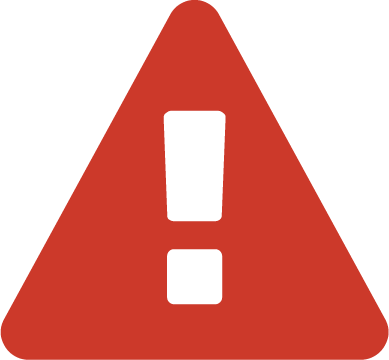











You did not complete the question.
Are you sure?







Are you sure you want to quit this lesson?







Daily free practice limit reached. Please login or register to continue.



































Parent
Who are you?















I am a
Select Edition (you can switch later)





I am a
Select Edition (you can switch later)






Account Blocked





















Invalid session, please try logging in again






Enter your email address














User Successfully Verified. Please complete your profile.












Verify your email







Verify your email














































Parent
Who are you?





Error















I am a
Select Edition (you can switch later)






Account Blocked





















Invalid session, please try logging in again






Enter your email address














User Successfully Verified. Please complete your profile.












Verify your email







Verify your email







































Error